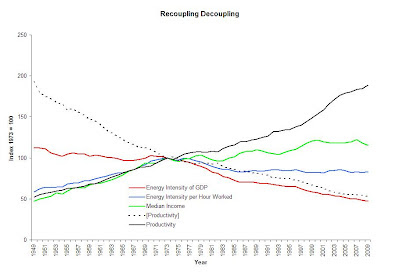Here is what worries me: the structure of US unemployment is very different in the current downturn than it was in the past. Nearly half of the unemployed have been out of work for six months or longer. In the past, the corresponding unemployment duration was only 10 weeks. So there is a danger that the long-term unemployed will be re-employed much more slowly than in previous recoveries. If the unemployment rate is still very high when product markets begin to tighten, the US Congress will want the Fed to allow more rapid growth in order to bring it down, despite the resulting risk to inflation. The Fed is technically accountable to Congress, which could apply pressure on the Fed by threatening to reduce its independence. So inflation is a risk, even if it is not inevitable. The large volume of reserves, together with the liquidity created by quantitative easing and Operation Twist, makes that risk greater. It will take skill – as well as political courage – for the Fed to avoid the rise in inflation that the existing liquidity has created.
Dr. Feldstein is implicitly saying that the GDP gap is not as large as what Ed Lazear wants us to believe:
During the postwar period up to the current recession (1947-2007), the average annual growth rate for the U.S. was 3.4%. The last three decades have experienced somewhat slower growth than the earlier periods, but even in the period 1977-2007, the average growth rate was 3%. According to the National Bureau of Economic Research, the recovery began in the second half of 2009. Since that time, the economy has grown at 2.4%, below our long-term trend by either measure. At this point, the economy is 12% smaller than it would have been had we stayed on trend growth since 2007. Worse, the gap is growing over time. Today, the economy is four percentage points further from the trend line than it was the first quarter of 2009 when this administration's nearly $900 billion fiscal stimulus efforts began. If forecasts of around 2% growth turn out to be accurate, we will add to that gap this year.
Lazear wants us to believe that the economy could have continued to grow by 3.4% per year since 2007QIV even though average growth was less than 2.5% for the 2001 to 2007 period. If that claim had any credence then potential real GDP would have been almost $15.3 trillion as of 2011QIV as opposed to actual real GDP being only $13.4 trillion. In other words, Lazear wants us to believe that the current GDP gap is 12%. Not that anyone should believe such nonsense but isn’t it interesting that Dr. Feldstein is worried that we may be overestimating the GDP gap.
Republicans are simultaneously pushing two themes. One theme is that current Federal Reserve policy is endangering an inflationary spiral, which seems to be the concern of Dr. Feldstein. The other theme is that the Obama Administration is somehow making the recession worse, which Dr. Lazear was so happy to echo. Funny thing – these two themes appear to be contradictory.



